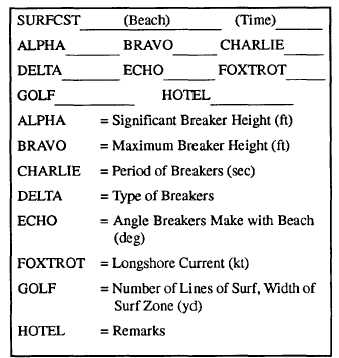Figure 6-11.-Example of final forecast form.
followed. Most units involved in surface current
forecasts have their own innovations and methods.
CURRENTS
Aerographer’s Mates have a knowledge of the
major ocean currents and the meteorological results of
the interaction of sea and air. Oceanic circulation
(currents) plays a major role in the production and
distribution of weather phenomena. Principal surface
current information such as direction, speed, and
temperature distribution is relatively well known.
Tidal and Nontidal currents
Currents in the sea are generally produced by wind,
tide, differences in density between water masses, sea
level differences, or runoff from the land. They maybe
roughly classed as tidal or nontidal currents. Tidal
currents are usually significant in shallow water only,
where they often become the strong or dominant flow.
Nontidal currents include the permanent currents in the
general circulatory systems of the oceans; geopotential
currents, those associated with density difference in
water masses; and temporary currents, such as
wind-driven currents that are developed from
meteorological conditions. The system of currents in
the oceans of the world keeps the water continually
circulating. The positions shift only slightly with the
seasons except in the Southeast Asia area where
monsoonal effects actually reverse the direction of flow
from summer to winter. Currents appear on most charts
as continuous streams defined by clear boundaries and
with gradually changing directions.
These
presentations usually are smoothed patterns that were
derived from averages of many observations.
Drift
The speed of a current is known as its drift. Drift is
normally measured in knots. The term velocity is often
interchanged with the term speed in dealing with
currents although there is a difference in actual meaning.
Set, the direction that the current acts or proceeds, is
measured according to compass points or degrees.
Observations of currents are made directly by
mechanical devices that record speed and direction, or
indirectly by water density computations, drift bottles,
or visually using slicks and watercolor differences.
Ocean currents are usually strongest near the
surface and sometimes attain considerable speed, such
as 5 knots or more reached by the Florida Current, In
the middle latitudes, however, the strongest surface
currents rarely reach speeds above 2 knots.
Eddies
Eddies, which vary in size from a few miles or more
in diameter to 75 miles or more in diameter, branch from
the major currents. Large eddies are common on both
sides of the Gulf Stream from Cape Hatteras to the
Grand Banks. How long such eddies persist and retain
their characteristics near the surface is not well known,
but large eddies near the Gulf Stream are known to
persist longer than a month. The surface speeds of
currents within these eddies, when first formed, may
reach 2 knots. Smaller eddies have much less
momentum and soon die down or lose their surface
characteristics through wind stirring.
WIND DRIVEN CURRENTS
Wind driven currents are, as the name implies,
currents that are created by the force of the wind exerting
stress on the sea surface. This stress causes the surface
water to move and this movement is transmitted to the
underlying water to a depth that is dependent mainly on
the strength and persistence of the wind. Most ocean
currents are the result of winds that tend to blow in a
given direction over considerable amounts of time.
Likewise, local currents, those peculiar to an area, will
arise when the wind blows in one direction for some
time. In many cases the strength of the wind may be
used as a rule of thumb for determining the speed of the
6-17

